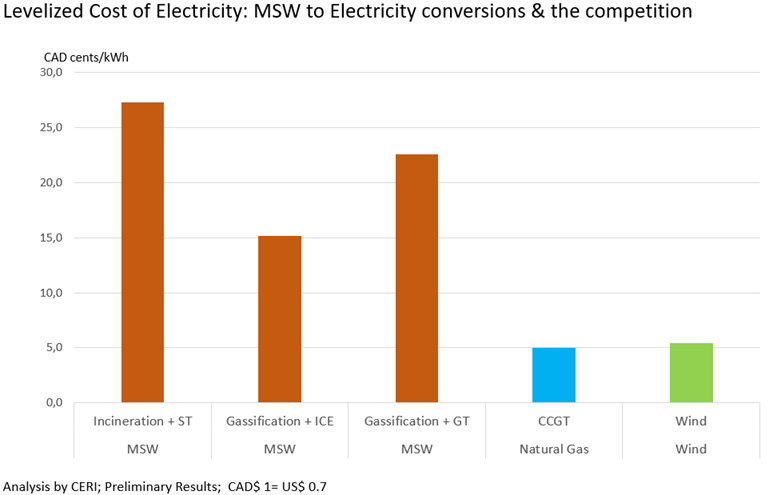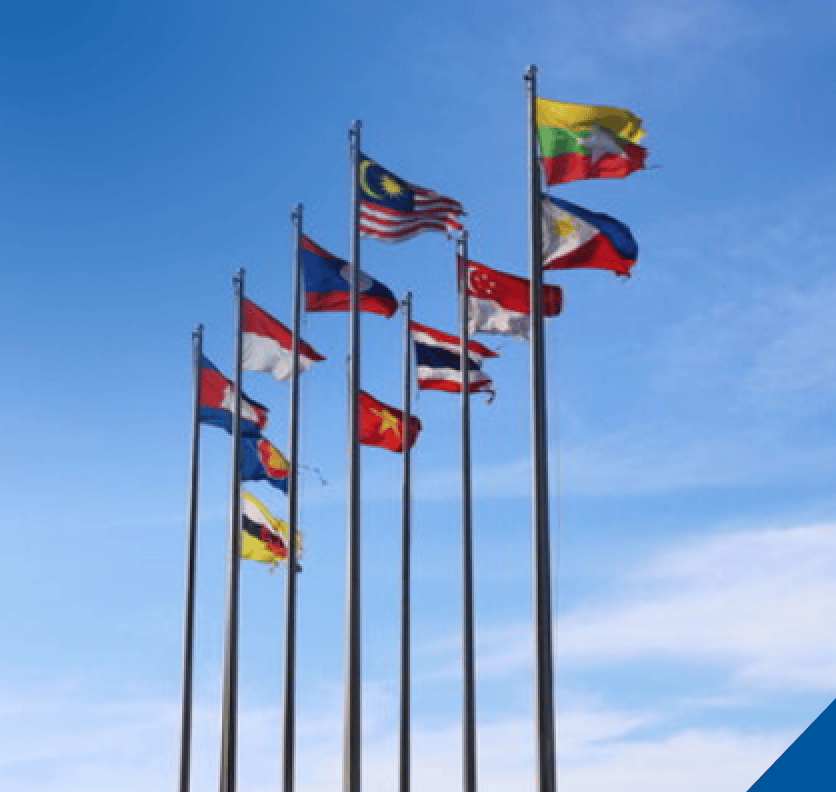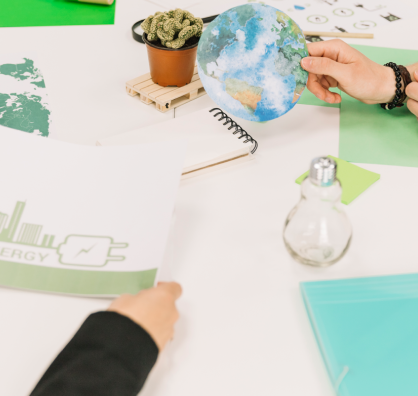[vc_row css=”.vc_custom_1565542682041{margin-right: 0px !important;margin-left: 0px !important;}”][vc_column css=”.vc_custom_1565542696462{padding-right: 0px !important;padding-left: 0px !important;}”][vc_single_image image=”5400″ img_size=”1440×300″ el_class=”banner-event”][/vc_column][/vc_row][vc_row css=”.vc_custom_1565542751414{margin-right: 0px !important;margin-left: 0px !important;}”][vc_column width=”1/4″][/vc_column][vc_column width=”1/2″ css=”.vc_custom_1565622195563{padding-bottom: 50px !important;}”][vc_column_text el_class=”title-event”][post_title][/vc_column_text][vc_column_text el_class=”date-venue-news”]Jakarta, 20 March 2020
[/vc_column_text][vc_column_text el_class=”text-par-news”]On 20 March 2020, ASEAN Centre for Energy (ACE) collaborated with Calgary University, Canada to host a webinar on the topic of Waste to Energy, as part of Renewable Energy and Energy Efficiency (REE) Department activities. The analytics recorded 223 registration to the event, although the actual participation was limited by the capacity of the webinar application. Please find the recording of the webinar in this link.
From ACE, Dr. Zulfikar Yurnaidi, Senior Officer of REE, presented the potential, status, and challenges of Waste to Energy in ASEAN. From Calgary University, Dr. Ganesh Doluweera of the Canadian Energy Research Institute (CERI) shared the best practices of Waste to Energy in Canada. The webinar was moderated by Nadhilah Shani, Technical Officer of REE.
Waste is one of the major environmental challenges faced by ASEAN Member States (AMS), especially their urban areas. Significant population growth coupled with a high urbanization rate puts escalating stress to the cities’ carrying capacity. The ever-increasing waste generation—around 407 thousand tones per day—is handled improperly, as the waste management in the region still depends heavily on landfills, mostly open dumping and controlled landfill. Such an issue creates environmental problems: groundwater pollution due to leachate, air pollution due to odor, even climate change due to methane emission.
On the other hand, ASEAN also struggles to promote renewable energy penetration in the region, an effort to reach its aspirational target of reaching 23% renewable energy share in primary energy supply by 2025. Solving pressing waste issues while contributing to the clean energy development could be achieved through Waste to Energy, as it converts waste into energy resource and satisfies the electricity demand with clean bioenergy.
Unfortunately, the uptake of technology is generally low. In 2018, there was only 565.5 MW installed capacity of municipal solid waste-based electricity generation. Thailand and Singapore lead the pack with 284 MW and 256.8 MW, respectively. Other than the two countries, Indonesia has 15.7 MW and Malaysia has 9 MW.
Building upon such background, Dr. Zulfikar proceeded to outline the four challenges barring the optimum utilization of Waste to Energy in the region. First and foremost is the poor waste composition and management. More than 50% of the generated waste in the region is organic waste, with high moisture content and low calorific value. This would lower the efficiency of energy conversion (kWh/ton), which lower the revenue from electricity sales, which should be compensated with a higher tipping fee.
The second challenge is internalizing the externality. Waste management in ASEAN generally suffers the issue of fiscal capability. The negative externality of poor waste management could not be translated properly into a waste management budget. The third is the technology options. The selection of proper technology should answer a list of key concerns, such as provable utility-scale, suitability with local condition, environmental and social risk, and commercial feasibility.
The fourth challenge stems from the need for an integrated approach to waste management, including behavioral change. The Waste to Energy should be set as part of the comprehensive circular economy concept. This should include polluter-pay-principle, separation at source, and 3R (Reduce, Reuse, Recycle).
The challenges raise some questions enveloping WtE implementation, such as “could WtE work with current waste composition and waste management?”, “how to make WtE economically feasible?”, “what is the most suitable technology for energy conversion?”, and “how to integrate WtE with the promotion of circular economy?” Some potential solutions to such questions are summarized below

Figure 1 Potential Solutions to Answer the Challenges of Waste to Energy Implementation in ASEAN
Dr. Doluweera then shared more of the technical side of waste management including Waste to Energy, which is expected to help to build up the capacity and support the promotion of Waste to Energy in the region. To start with, the concept of the sustainable landfill was introduced. As mentioned before, most landfills in ASEAN are not proper sanitary landfill, yet. A sustainable landfill is crucial for limiting the negative environmental impact of the landfill.
The methods of conversing municipal solid waste into electricity a quite broad, ranging from landfill gas to electricity, incineration, to anaerobic digestion and from the steam turbine, internal combustion engine, to gas turbine. In Canada, about six waste incinerators and one small landfill gas to electricity plant are operating. Dr. Doluweera also commented on one of the limiting factors of Waste to Energy implementation, the generation cost. The figure below shows that the Levelized Cost of Electricity (LCOE) of municipal solid waste-based electricity generation is relatively expensive.

Figure 2 LCOE of Waste to Energy in Comparison to Others
Dr. Doluweera then outlined several creative approaches to promote the Waste to Energy in the region. From the economic side, direct financial support, renewable portfolio standards, carbon credits/pricing, and investment tax credits were proposed. Meanwhile from the technical side, combined heat and power mode operation, co-fire with fossil fuels, WtE as a dispatchable renewable energy source, and use for thermal energy was recommended. Also, to increase the feasibility of Waste to Energy implementation, Dr. Doluweera pointed out the cement industry as a potential opportunity.
As the energy representative of AMS, ACE finds that energy becomes more of an intersectoral issue. To answer the mandates given by the AMS, ACE must explore and collaborate with other sectors, e.g. waste and climate change, and other stakeholders, e.g. academe and business. ACE promotes intersectoral collaboration through many channels, one of which is the ASEAN Climate Change Energy Project (ACCEPT), which Dr. Zulfikar Yurnaidi is a part of.
As a pioneer of its kind, ACCEPT aims to bridge the “silo” between energy and climate sectors in ASEAN. Waste to Energy is identified as part of the topics in the climate-energy nexus and is believed will lead to climate-friendly energy development in ASEAN.
The waste sector is mentioned by several AMS as one of the covered sectors in their climate change commitment, as recorded by the Nationally Determined Contribution (NDC). Thailand mentioned “the promotion of power generation from waste-to-energy technologies” as the aim of its Waste Management Roadmap. Viet Nam noted “Utilize landfill gas and solid waste combustion for power generation” as part of its measures to achieve the GHG emission mitigations target. Indonesia put the “enhancement of the percentage of Waste to Energy (PLTSa)/Refused Derived Fuel (RDF) implementation, compared to total waste” in its BAU and commitment scenarios.
Adding climate change into the basket, the Waste-to-Energy can serve as a “triple threat” solution to sustainability issues in ASEAN. It should not be wasted.[/vc_column_text][vc_column_text el_class=”photo-caption-news”](ZY)[/vc_column_text][vc_tweetmeme share_via=”asean_energycc” large_button=”true”][/vc_column][vc_column width=”1/4″][/vc_column][/vc_row]











